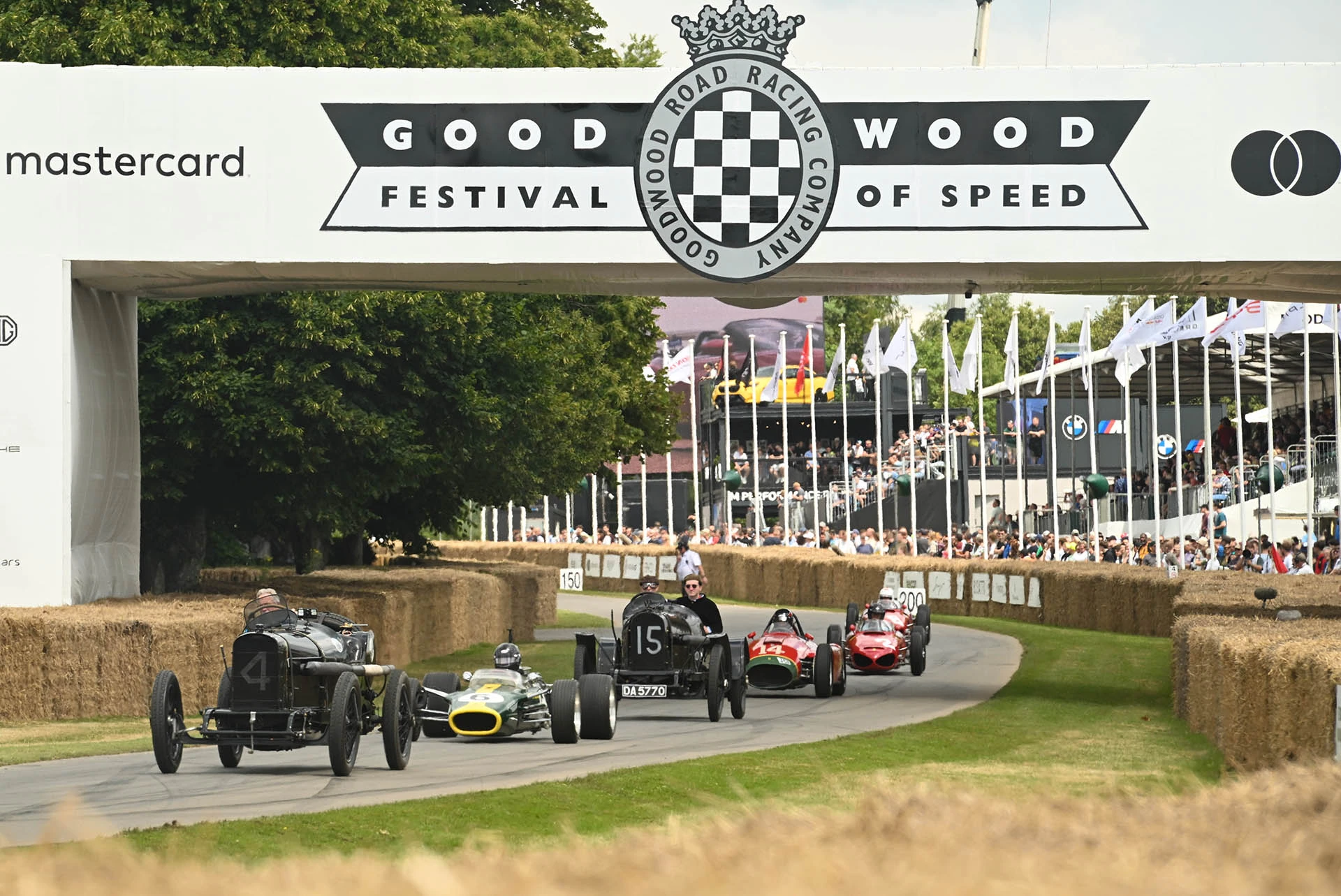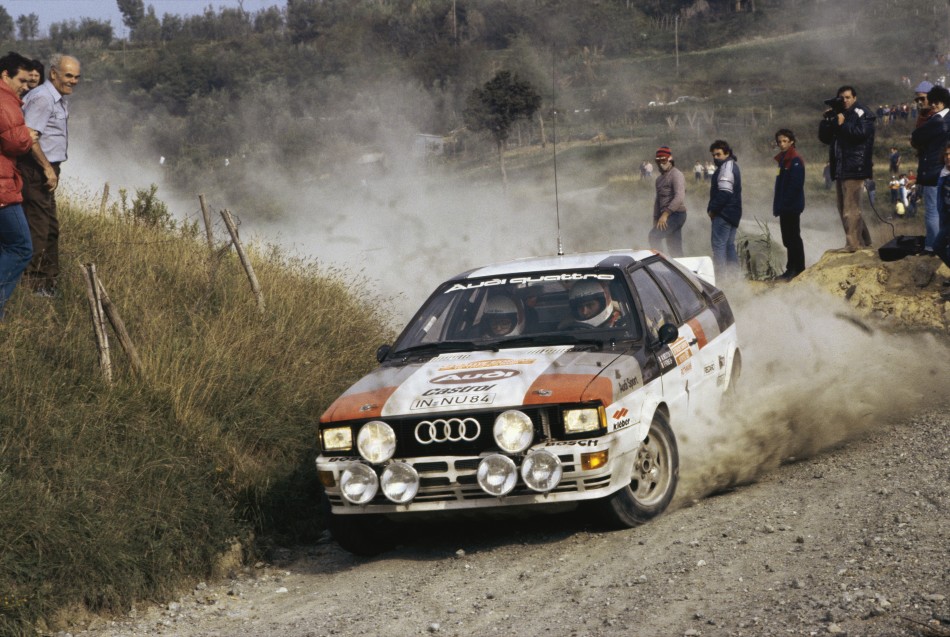European Hill Climb Championship: The Porsche Saga from 1958
27 July 2024 3 min read 4 images

Photo credit: Porsche, Stuttcars
In the late '50s, hill climb races were popular among enthusiasts, and car manufacturers saw a business opportunity to sell their cars to private drivers for these races. The European Hill Climb Championship was the perfect showcase. Porsche entered the field with an official team, featuring the 718 RSK, an evolution of the successful 550, with a lighter, stiffer spaceframe chassis and new suspensions. The RSK's ace was its ability to fit different engine sizes, adapting to the FIA's frequently changing international race regulations. In 1958, the European Hill Climb Championship limited engine size to 1500cc, a great opportunity for Stuttgart's little horse. The RSK, driven by Germans Wolfgang Von Trips and Edgar Barth, won the Championship in 1958 and 1959. The following year, regulations changed again, increasing the limit to 2000cc, and the 718 was equipped with a 2-liter flat-four engine developed by Ernst Fuhrmann, winning the European Hill Climb Championship again in 1960 and 1961 with Swiss driver Heini Walter.
Register to unlock this article
Signing up is free and gives you access to hundreds of articles and additional benefits. See what’s included in your free membership. See what's included in your free membership.
Already have an account? Log In


